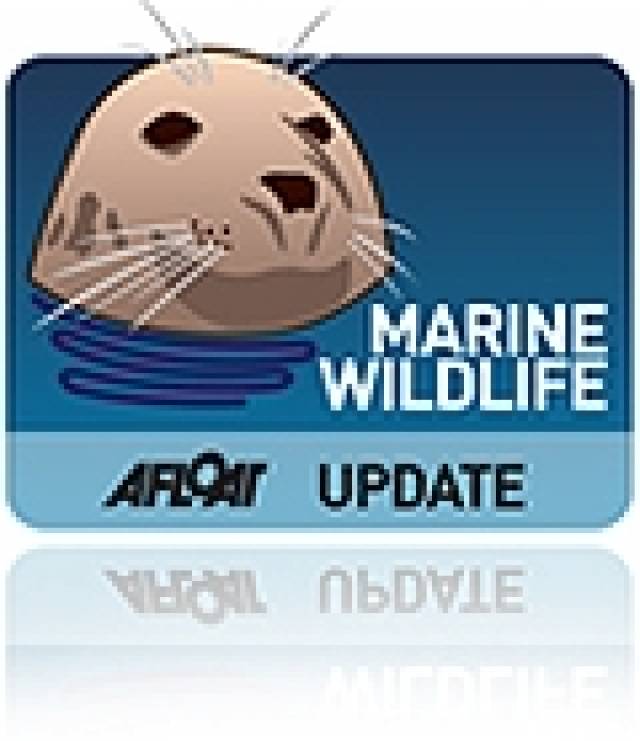#MarineWildlife - Dublin Port Company has launched a new plan to protect a colony of terns that nest within the port.
The Dublin Port Tern Colony Management Plan will ensure the conservation of Dublin Port’s terns, small migratory seabirds that are listed in the EU Birds Directive.
This plan has been produced in collaboration with a number of stakeholders including the ESB, Dublin City Council, National Parks and Wildlife Service and BirdWatch Ireland and follows commitments made in the Dublin Port Company Masterplan 2012-2040.
The Dublin Port tern colony has used various structures within the port for nesting over many decades.
Part of the new plan includes the provision of floating pontoons in different areas of the port to act as new nest sites for the terns. This will ensure that “all the eggs are not in one basket” thereby reducing the vulnerability of the colony.
The larger of the two pontoons deployed so far is located close to the Great South Wall at Poolbeg and can be easily viewed by the public.
This pontoon has been named 'Oscar Merne' in honour of the late Irish ornithologist who carried out pioneering research and conservation of terns in Dublin. Merne (1943-2013) made an enormous contribution to ornithology and bird conservation in Ireland over five decades.
Already 24 pairs of nesting terns have been observed at the new pontoon named in his honour, which is now set to welcome growing numbers with every season.
The tern colony in Dublin Port is one of the most important on the island of Ireland having grown from a small number of birds in the 1940s to over 500 nests in 2015. In recognition of this, the largest site within the colony is included within a Special Protection Area under the EU Birds Directive.
Dublin Port's tern colony, contained within the new Dublin Bay Biosphere Reserve, is also one of the best monitored sites in Ireland, having a continuous scientific record of breeding success since 1995. The terns spend the winter in West African waters, returning to Ireland to breed in the summer months.
Two species of terns, common terns and Arctic terns, nest within Dublin Port. They are small, delicate relatives of the seagulls, and are listed for special protection in the EU Birds Directive.
The Arctic tern has one of the longest known migration routes and has been recorded flying between the Arctic and Antarctic oceans. These seabirds feed on small shoaling fish, such as sand eels, that are common in the shallow waters of Dublin Bay. Nesting takes place in May and the chicks generally take to the wing in July.
“We have a duty to protect these important birds and a responsibility to safeguard the port’s array of flora, fauna, marine and bird life, even as we operate and develop the busiest port on the island," said Dublin Port Company chief executive Eamonn O'Reilly. "Seabirds such as terns are good indicators of the health of the marine environment as they depend on clean seas and good fish stocks.
“I am delighted to see the terns have discovered the new Oscar Merne pontoon and that a number of pairs have settled to nest. I am particularly pleased to honour the memory and pioneering work of leading ornithologist Oscar Merne in this way. His commitment to protecting the port’s tern colony lives on through the continued work of Dublin Port Company under our newly launched Tern Colony Management Plan.”
Olivia Crowe, head of conservation and science at BirdWatch Ireland, added: “BirdWatch Ireland continues to monitor this highly important tern colony thanks to the support of Dublin Port Company. By doing this we are continuing the great work that was initiated by the late Oscar Merne who started monitoring this colony during the 1990s.
"We look forward to tracking how the terns respond to the additional nesting space provided by these new pontoons.”
































































